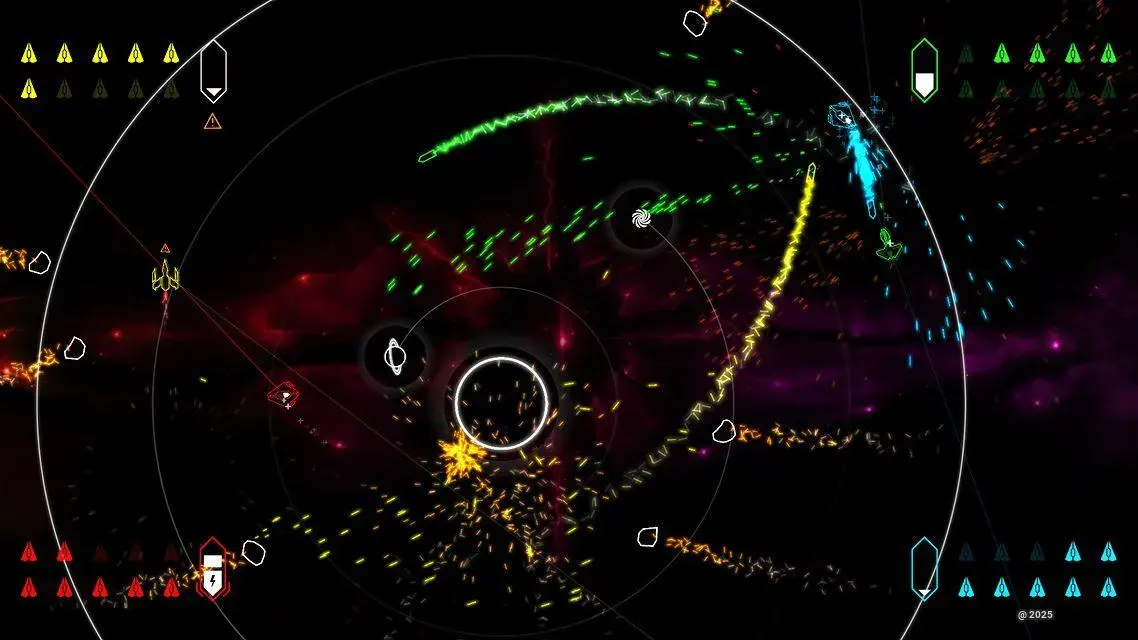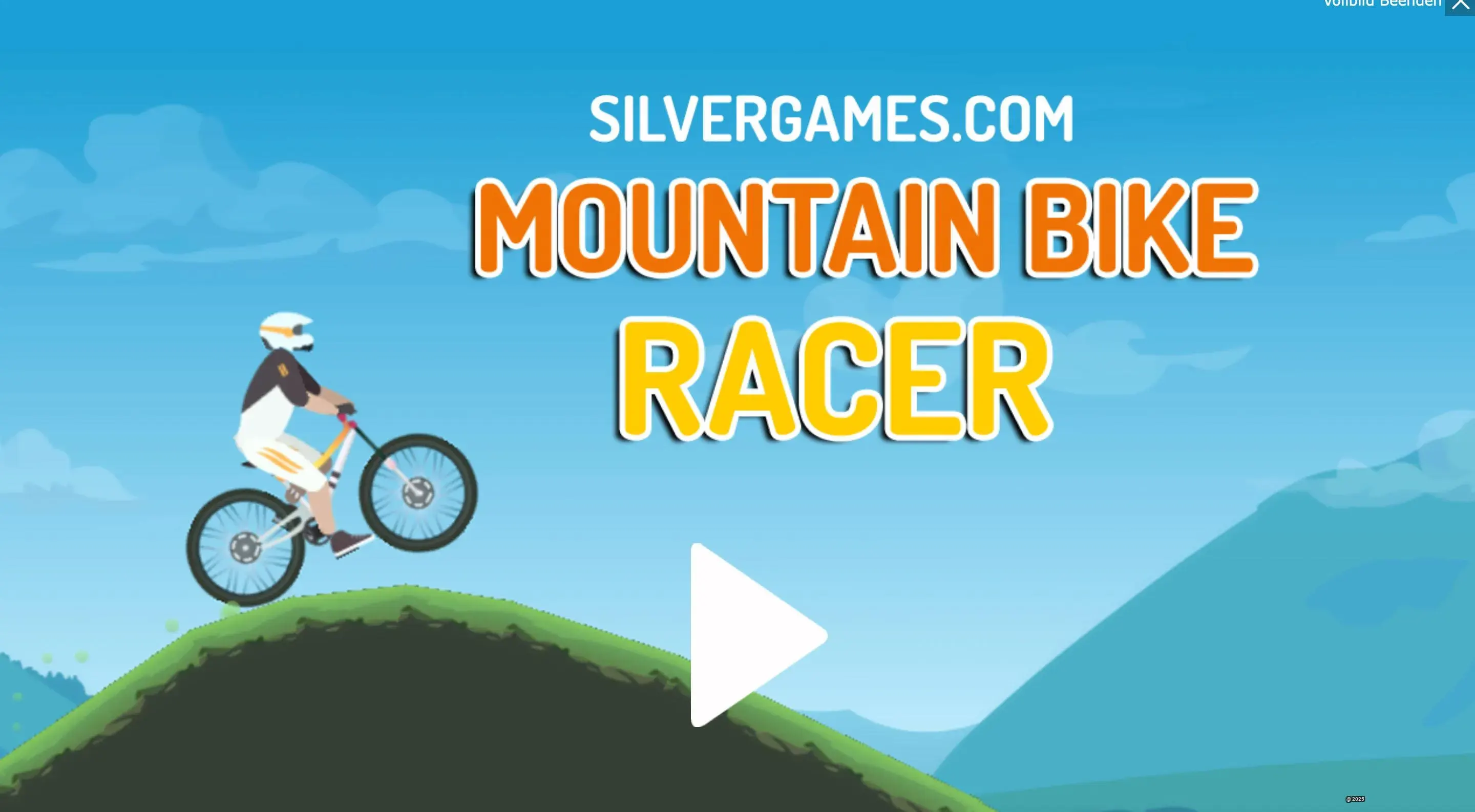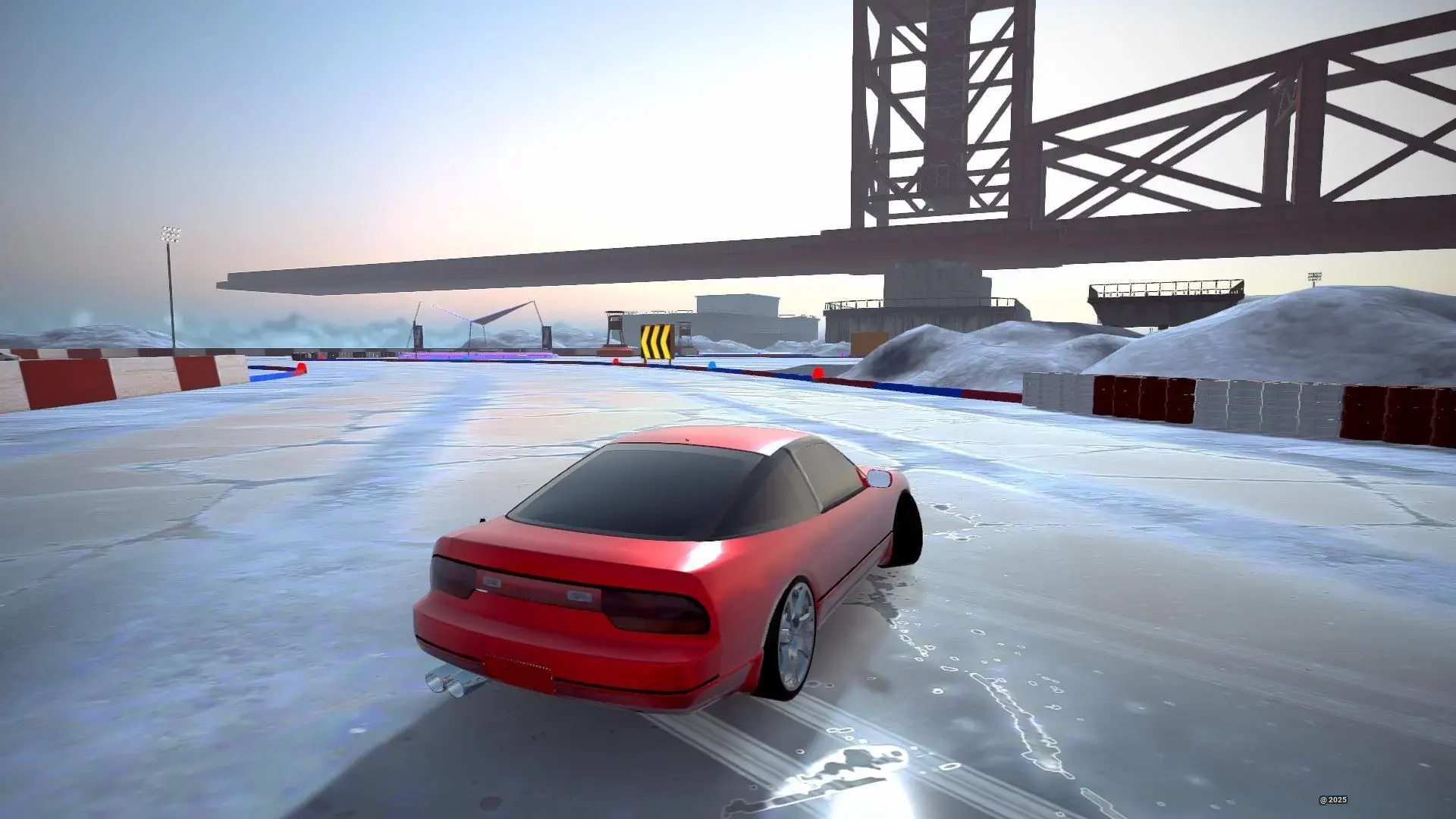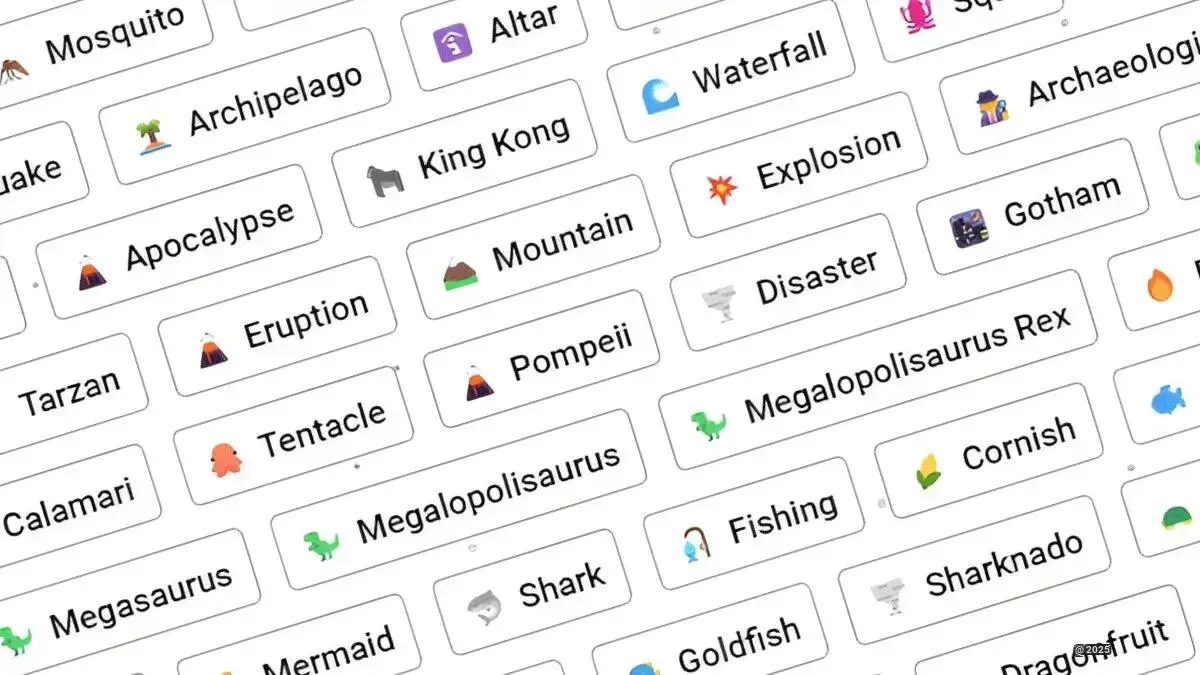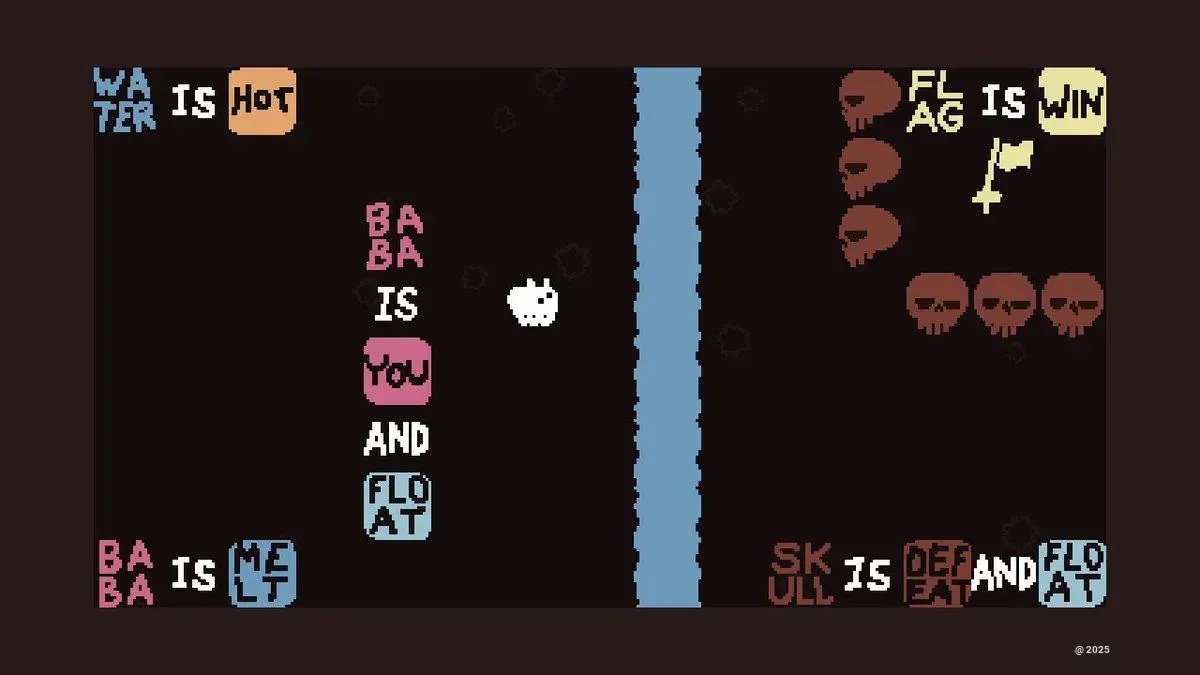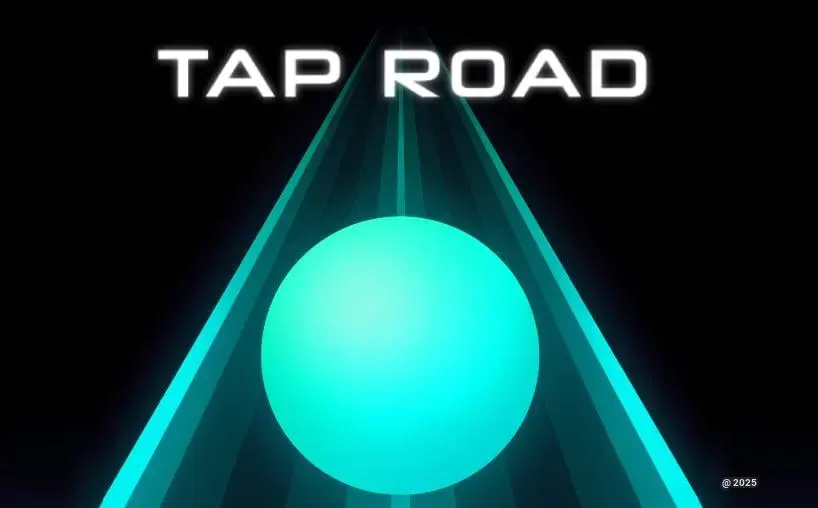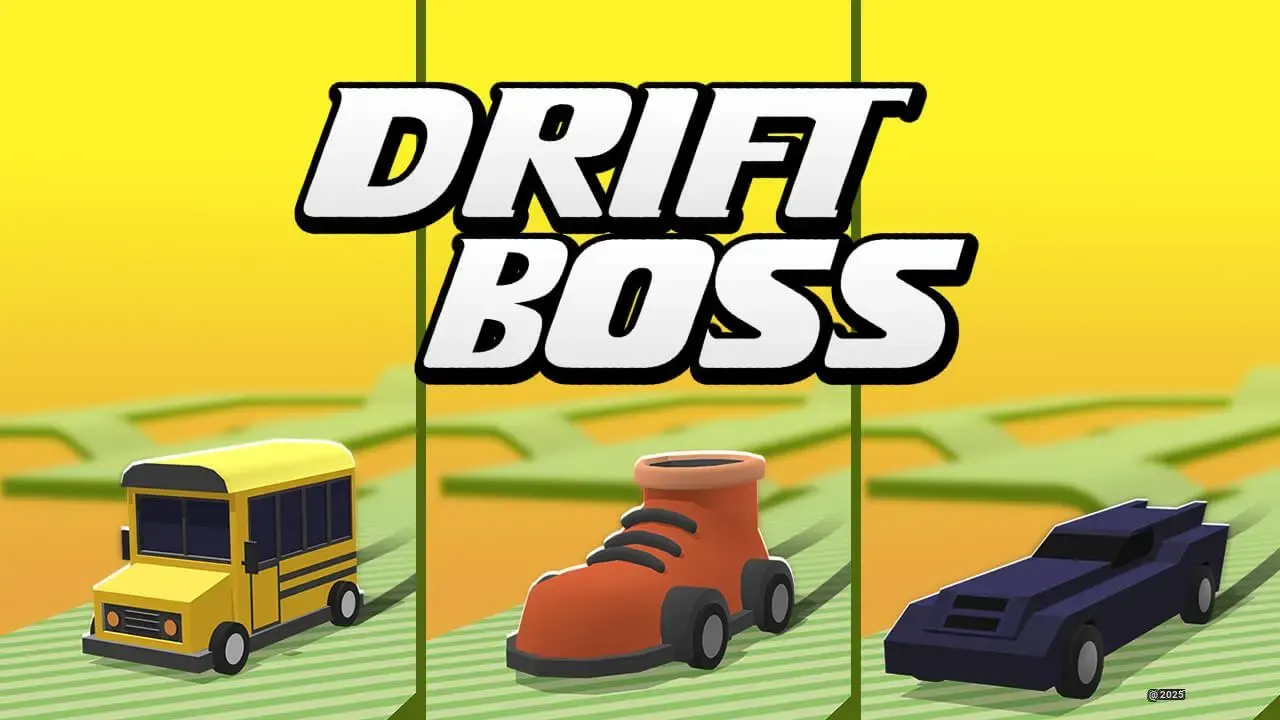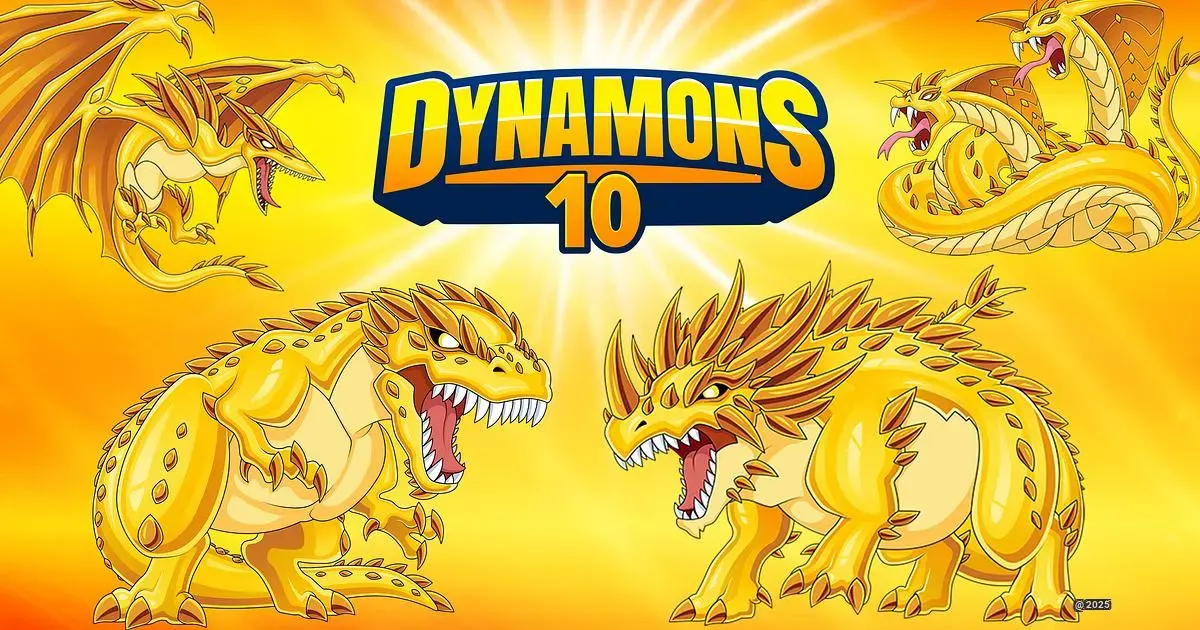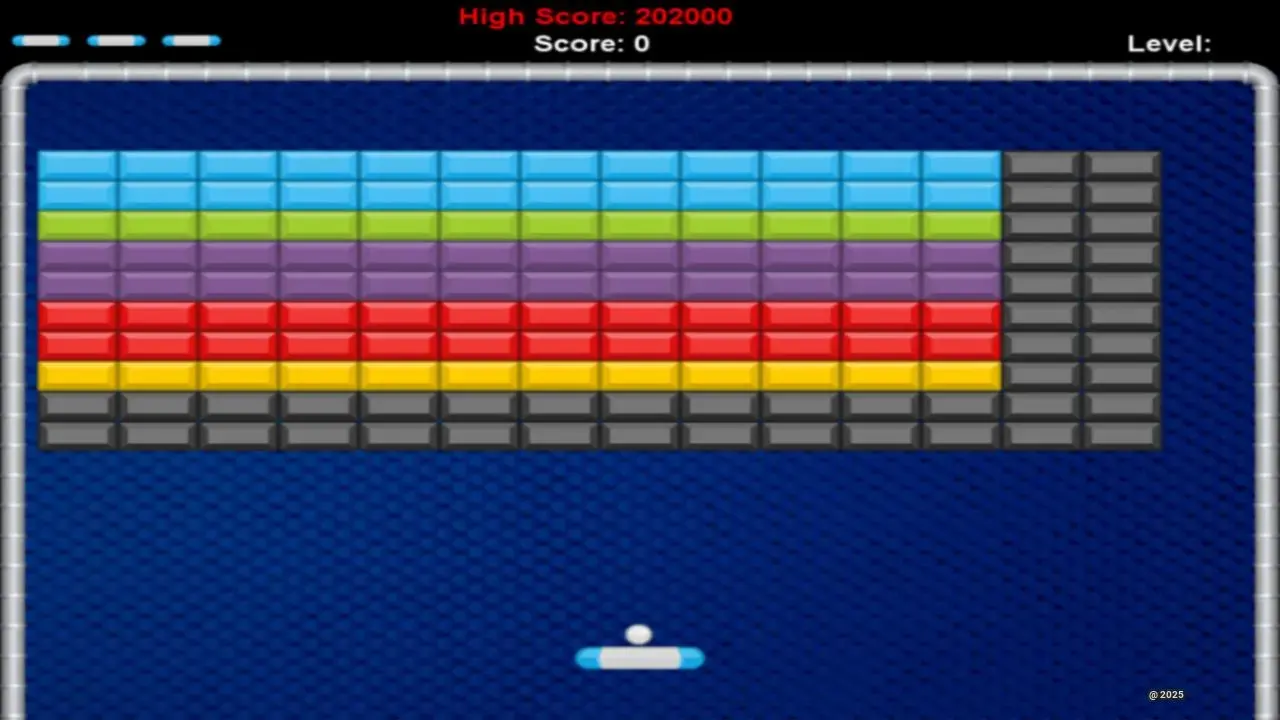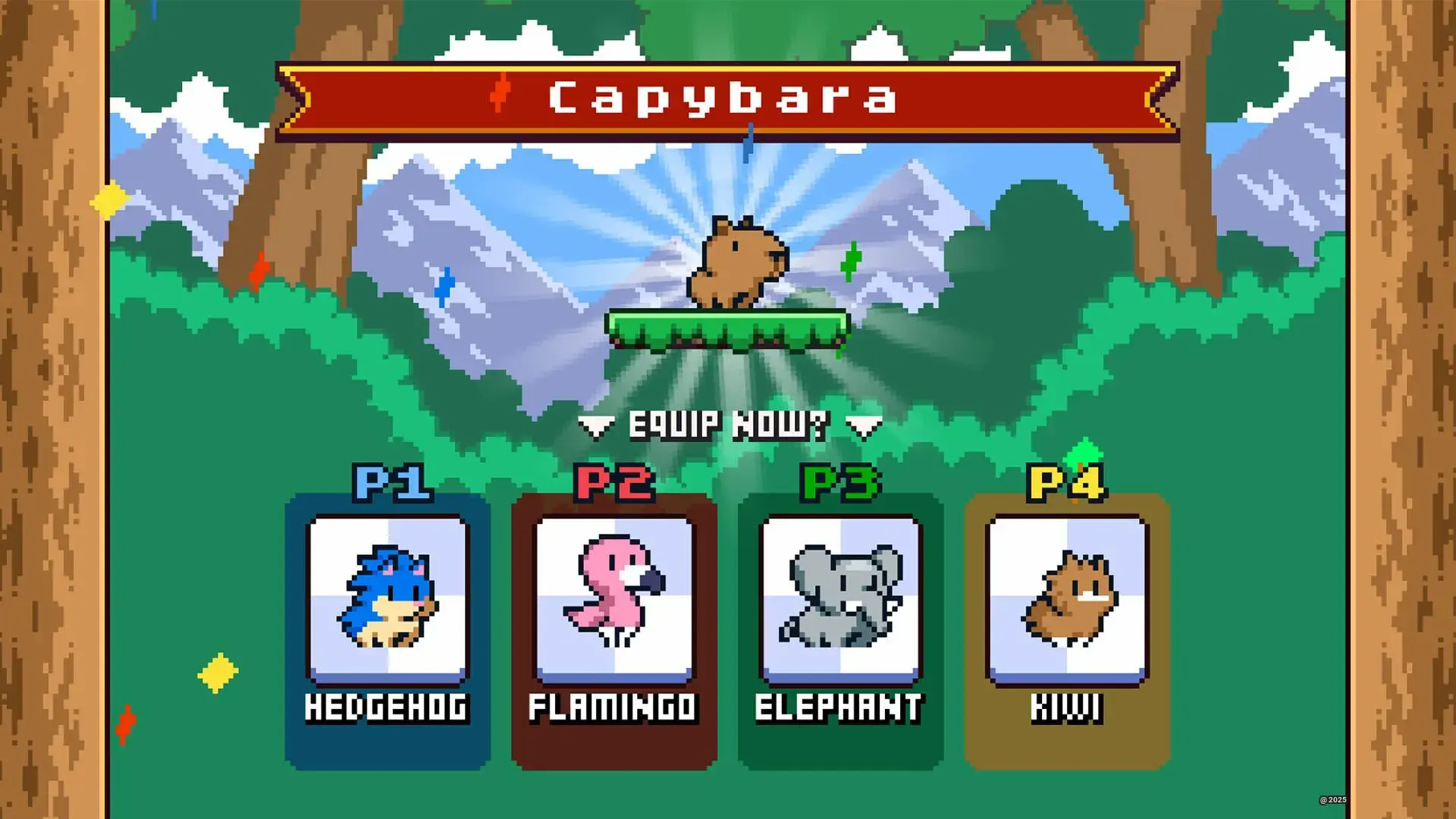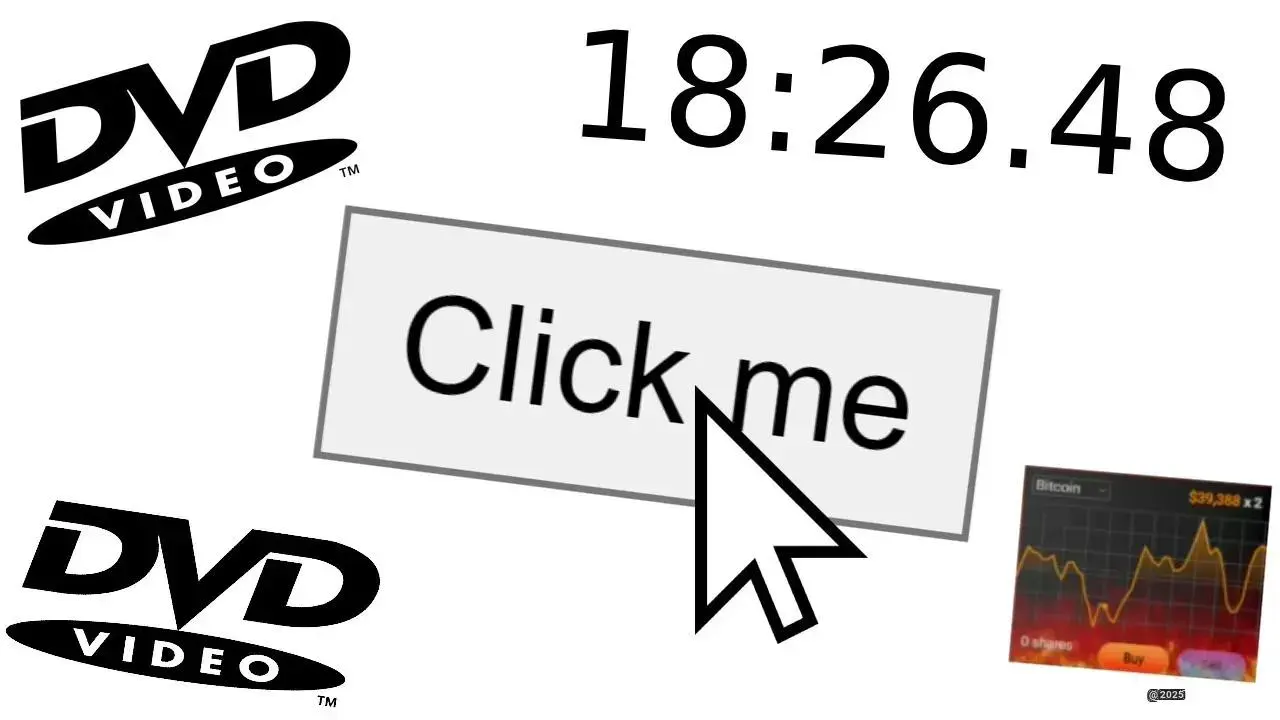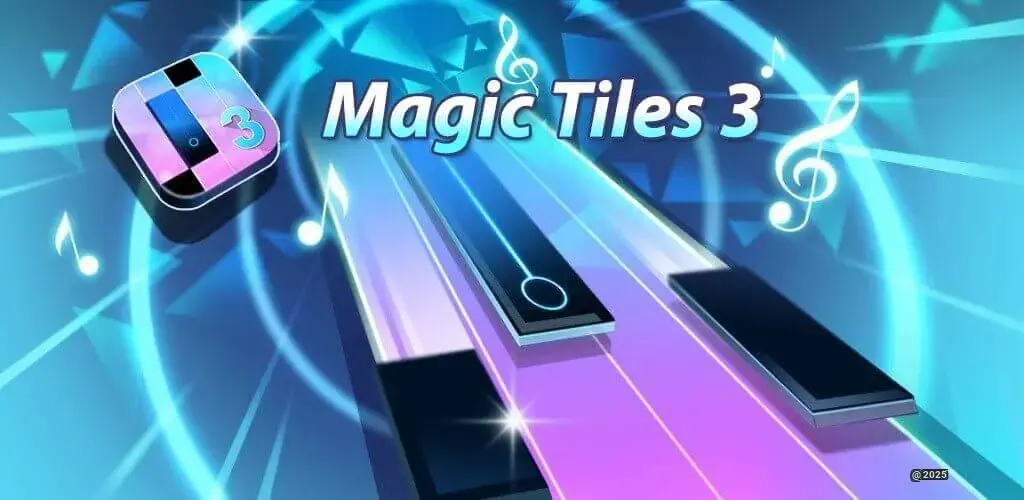Wave Dash is an addictive arcade game that puts your reflexes and precision to the test as you guide a wave-shaped spaceship through an ever-shifting geometric maze.
Picture yourself controlling a sleek, wave-shaped vessel, weaving through a neon-lit cosmic obstacle course where split-second decisions mean the difference between triumph and starting over. Wave Dash isn’t just another arcade game – it’s a test of skill that keeps players coming back for “just one more try.”
Key Features That Make Wave Dash Stand Out:
- Dynamic map generation creates unique challenges every playthrough
- Precise wave-control mechanics reward skillful maneuvering
- Vibrant visual design with geometric obstacles that demand quick thinking
- Score-based progression system that encourages self-improvement
- Simple controls with deep gameplay complexity
The beauty of Wave Dash lies in its perfect balance of accessibility and challenge. While anyone can start playing immediately, mastering the wave-control mechanics takes dedication and practice. As you navigate through tight corridors and dodge obstacles, each successful run builds your confidence and improves your abilities.
The game’s striking visual design serves both form and function, with clear contrast between your ship and the obstacles ahead. This clarity is crucial, as you’ll need every advantage to react to the constantly changing landscape of geometric shapes that stand between you and your next high score.
Gameplay Overview
Wave Dash is an exciting arcade game that puts your reflexes and precision to the test! I’ve spent countless hours mastering the unique wave-shaped spaceship controls as it zooms through ever-changing geometric mazes. The core gameplay revolves around a fascinating zigzag control mechanism that demands split-second timing and laser focus.
What makes Wave Dash special? The procedurally generated maps ensure every run feels fresh and unpredictable. I love how the colorful universe filled with strange geometric shapes creates an otherworldly atmosphere that pulls you in. The wave-shaped spaceship responds crisply to inputs, making those hair-raising near-misses feel incredibly satisfying.
Here’s a quick breakdown of the key gameplay elements:
| Element | Description |
|---|---|
| Control Mechanism | Precise zigzag movement requiring careful timing |
| Level Design | Procedurally generated geometric mazes |
| Obstacles | Various geometric shapes that must be avoided |
| Scoring | Based on distance traveled and tricks performed |
Techniques for Mastering Wave Dash
The most crucial skill is mastering the rhythm-based approach to movement. Instead of frantically tapping controls, try to find the natural flow of each section. Think of it like dancing - once you get the rhythm down, complex sequences become second nature.
Here are my top tips for improving your Wave Dash skills:
- Start Slow: Focus on accuracy over speed initially
- Practice Micro-adjustments: Learn to make tiny control tweaks
- Study the Patterns: Look for recurring obstacle layouts
- Build Muscle Memory: Practice specific sequences repeatedly
“The key to mastering Wave Dash isn’t just quick reflexes - it’s developing an intuitive feel for the movement patterns.” - Pro Wave Dash Player
One technique that revolutionized my gameplay was the “tap-and-glide” method. By using light taps for quick adjustments and holding only when necessary for altitude gains, you’ll maintain better control through tight passages.
Impact on Competitive Play
The competitive Wave Dash scene has evolved dramatically since the game’s release. I’ve watched countless tournaments where split-second wave dash executions made the difference between victory and defeat.
The technique has become so fundamental that it’s now considered a basic skill at high-level play.
Some notable competitive impacts include:
- Creation of specialized tournament categories
- Development of advanced scoring techniques
- Evolution of speedrunning strategies
- Formation of dedicated training communities
| Competitive Level | Required Skills |
|---|---|
| Beginner | Basic wave control, obstacle avoidance |
| Intermediate | Advanced maneuvers, consistent scoring |
| Expert | Perfect execution, creative route planning |
| Professional | Frame-perfect inputs, optimal path finding |
Challenge in Other Wave Gameplay
The skills you develop in Wave Dash transfer surprisingly well to other games with similar mechanics. I’ve found that games like Geometry Dash and Super Wave share common elements that test your precision and timing.
Key challenges across wave-based games include:
- Timing Precision: Mastering frame-perfect inputs
- Pattern Recognition: Identifying and adapting to obstacle layouts
- Speed Management: Controlling momentum through different sections
- Recovery Skills: Bouncing back from mistakes quickly
What makes wave gameplay particularly challenging? It’s the combination of:
- Constant movement
- Limited control options
- Split-second decision making
- Progressive difficulty scaling
Similar Games
Final Words
Wave Dash stands as a shining example of how simple mechanics can create an endlessly engaging gaming experience. The game masterfully blends fast-paced action with precision controls, creating a unique challenge that keeps players hooked through countless attempts at perfection.
The magic lies in its core design - a wave-shaped spaceship dancing through procedurally generated geometric mazes. Players who stick with it discover layers of depth beneath the straightforward controls. Each run builds skills that transfer seamlessly into the next, fostering natural progression that feels both rewarding and addictive.
The competitive scene has embraced Wave Dash’s skill ceiling, turning seemingly impossible maneuvers into standard techniques. From casual players chasing personal bests to speedrunners optimizing frame-perfect inputs, the game offers something for everyone who enjoys pushing their limits.
Whether you’re drawn to the striking neon visuals, the perfectly tuned controls, or the thrill of narrowly avoiding obstacles at high speeds, Wave Dash delivers an arcade experience that stands the test of time. The game proves that sometimes the simplest concepts, executed flawlessly, create the most compelling challenges.





